Class X doesn't make that circuit any less dangerous. You have to assume that it will fail to a short circuit. When it does there's a path from the neutral through the rectifier to the load. This will gleefully kill you.
You MUST assume that the neutral will be energized. Maybe the plug can be reversed (Europe). Maybe there's a failing neutral pin (RV hooked up to a beat-up campsite receptacle). Maybe someone messed up the wiring. Always plan for neutral-ground voltage.
If the load is properly fused and insulated, you don't need a rated capacitor. That's the Right Way to use a capacitive dropper. The better tutorials will make it clear that you are NOT building touch-safe equipment.
If touch-safety is your goal, the safety-police answer is to buy a listed SELV power supply. Or just use batteries. Either are commodity parts used in all kinds of electronic gadgets so there's not a great reason to roll your own supply, but if you insist:
The bare minimum would be to draw a low-voltage boundary through the limiting resistor, dropping capacitor, and bleed resistor. Those parts need to fail open - fusible resistors, class Y cap - and there needs to be sufficient clearance between any hot and low-volt conductor. This is an unusual application for a class-Y cap, they come in tiny values, so it's only practical if you're drawing a similarly tiny amount of current.
If you buy cheap no-marking or possibly counterfeit power supplies, it's good to know what to look for: clear delineation around the hot block only bridged by safety components. They might even be potted, covered, or taped. "Looking Mains Voltage in the Eye" in Hackaday is good reading.

